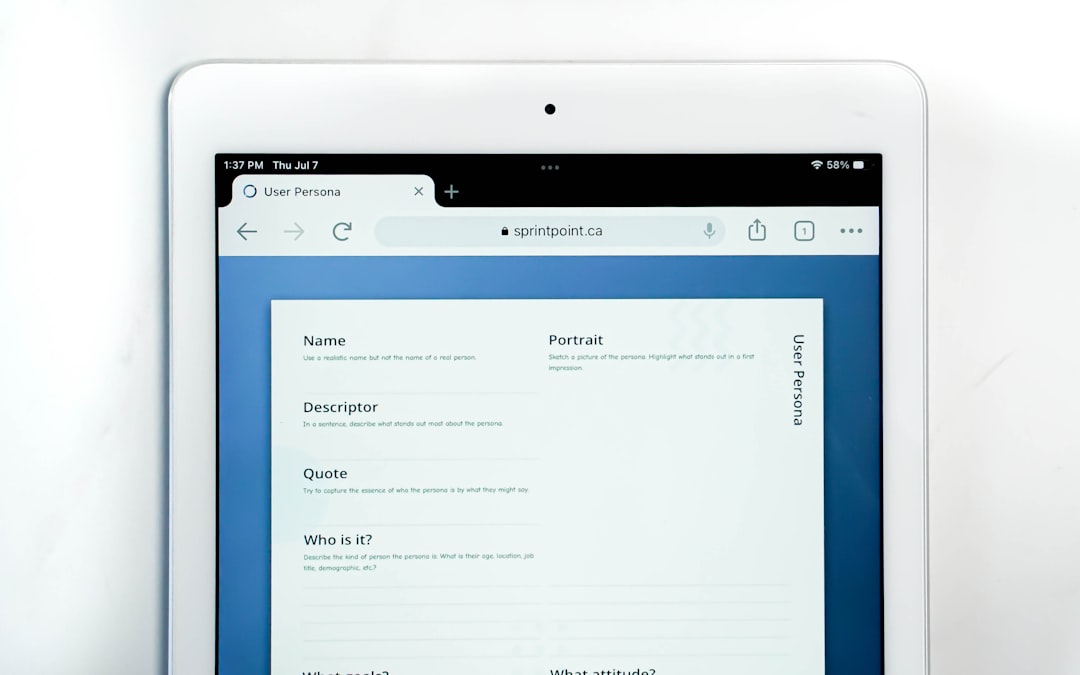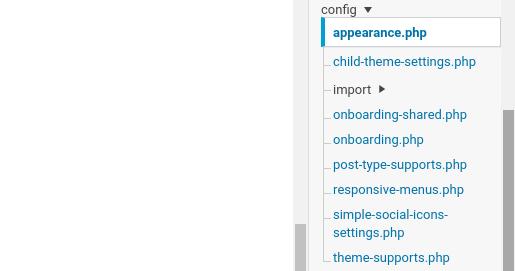Ever worked on a Mac or iOS app and bumped into a file with a .plist extension? That’s a property list file. Or simply, a plist file. If you’re a developer building apps for Apple platforms, working with plist files is part of the job. Plist files store settings, configurations, and a ton of structured data for apps. They may look basic, but don’t be fooled—plists are powerful little creatures!
Let’s make working with them easier! Today, we’re diving into the top tools and software that help developers view, edit, and manage plist files like pros. And don’t worry—we’ll keep this fun and easy!
- What’s a Plist File Again?
- 1. Xcode – The Default Powerhouse
- 2. PlistEdit Pro – UI-Powered Plist Editing
- 3. BBEdit – For XML Lovers
- 4. Xplist – Simple and Free
- 5. Visual Studio Code with Extensions
- 6. Plutil – The Terminal Ninja
- 7. CocoaPods and SwiftPM – Package Managers with Plist Powers
- 8. iOS and macOS Simulators
- 9. Online Plist Viewers and Converters
- Bonus Tip: Work with JSON Versions of Plists
- So, Which Tool Should You Use?
- In Summary
What’s a Plist File Again?
Before we get into the tools, a quick refresher. A plist is a property list file
- Used mainly on Apple platforms.
- Comes in XML or binary format.
- Stores data like configuration, user preferences, and app metadata.
If you open one, it may look like XML gibberish. But with the right tools, you’ll be reading and editing plists like a boss.
1. Xcode – The Default Powerhouse
If you’re developing on macOS or iOS, you’re probably using Xcode. Good news—Xcode has built-in support for plist files. Just open a plist in your project and boom—it’s shown in a friendly table view!
Why it’s great:
- Built-in plist editor with a clean table interface.
- Switch easily between text and UI form.
- No need to install anything extra!
Xcode even gives hints and autocompletes keys that Apple uses frequently. Handy, right?
2. PlistEdit Pro – UI-Powered Plist Editing
Next up is a fan-favorite among macOS developers—PlistEdit Pro.
This is a standalone app designed just for editing plist files. It features a user interface that’s both beautiful and useful.
Cool features:
- Tabbed interface to edit multiple plist files at once.
- Search and replace across large plists.
- Compare files side-by-side.
- Supports both XML and binary formats.
It’s not free, but if you work with plists regularly, it’s worth every penny.

3. BBEdit – For XML Lovers
BBEdit is a long-loved text editor for macOS. While it doesn’t specialize in plist editing, it shines for devs who like working in raw XML.
Features to note:
- Syntax highlighting for XML.
- GREP search and scripting support.
- Great for developers who don’t need a GUI view.
If you’re the kind who says, “Give me code or give me death,” BBEdit is your buddy.
4. Xplist – Simple and Free
Want something lightweight and straightforward? Meet Xplist.
This is a freeware tool for macOS. It offers a basic interface for viewing and editing Property List files.
Why use Xplist?
- It’s fast and easy to use.
- No need for a full IDE or large app.
- Works well for quick edits or inspections.
It won’t give you advanced editing tools, but when you’re in a rush? Perfect tool!
5. Visual Studio Code with Extensions
Yes, even VS Code can help manage plist files. It just needs a little help from extensions.
What to do:
- Install the “XML Tools” extension.
- Use the “Apple Property List (plist)” language support extension.
Once set up, you get auto-indentation, color-coding, and folding for XML-based plist files. Your favorite cross-platform editor just got plist-friendly!
6. Plutil – The Terminal Ninja
Let’s go command-line for a moment. macOS comes packed with a utility called plutil.
This tool lets you convert, verify, and manipulate plist files right from your terminal.
Try out commands like:
plutil -convert xml1 MyFile.plist plutil -convert binary1 MyFile.plist plutil -lint MyFile.plist
Why use plutil?
- Great for scripting and automation.
- Helpful for checking plist file validity.
- Lightning-fast and native to macOS.
Terminal fans, rejoice!
7. CocoaPods and SwiftPM – Package Managers with Plist Powers
While not dedicated plist editors, these tools modify plist files behind the scenes when setting up dependencies. It’s good to know how your project’s plist might change during builds.
Examples:
- Adding permissions (like camera or Bluetooth access) requires editing Info.plist.
- Some libraries auto-insert entries in your plist.
Knowing which tools touch your plist files boosts confidence and prevents sneaky bugs.
8. iOS and macOS Simulators
Did you know that simulators store plist files internally for app preferences and data?
You can inspect these to debug issues with UserDefaults or initial app launches.
Look into folders like:
~/Library/Developer/CoreSimulator
Find your app’s saved data and plists to inspect current states.

9. Online Plist Viewers and Converters
No Mac? No problem. There are web tools too!
Popular online options:
- FreeCodeFormat – For formatting and editing.
- CodeBeautify – Useful for converting to and from JSON.
Benefits:
- No installations needed.
- Great for quick edits on the fly.
- Supports format conversion like plist ⇄ JSON
Perfect when you’re on the go or using non-macOS machines!
Bonus Tip: Work with JSON Versions of Plists
Modern apps sometimes store plist-equivalent data in JSON. If you’re more comfortable with JSON, convert the plist using tools like plutil or online converters. Then work with it in your favorite JSON editor or directly in code.
So, Which Tool Should You Use?
It depends on what you need:
- Developing with Xcode? Stick with its built-in plist support.
- Editing often? Try PlistEdit Pro or BBEdit.
- Just checking formats? Use plutil or an online tool.
- Love clean code? VS Code + extensions is solid.
Each tool has its charm and purpose. The fun part? You can mix and match!
In Summary
Plist files might look small, but they are mighty parts of iOS and macOS development. With the right tools, they’re easy to tame.
So load up your favorite editor, open up a plist, and start tweaking. With this toolkit, you’re ready to rule your app’s configuration world.
Happy coding!



Leave a Reply